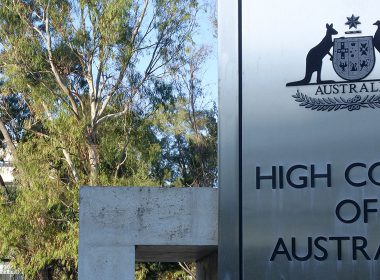Snapshot
- The High Court has set the bar lower for higher penalties.
- The primary purpose of civil penalties (including under the Fair Work Act 2009 (Cth)) is deterrence.
- Civil penalties ought not be seen as an ‘acceptable cost of doing business’.
- The discretion to determine fines is not subject to a ‘notion of proportionality’ as there is in the criminal law jurisdiction.
In an important decision impacting enforcement actions initiated by regulators seeking civil penalties, the High Court of Australia has held that maximum penalties are not reserved for only the ‘worst’ category of contravening conduct.
In the decision in Australian Building and Construction Commissioner v Pattinson [2022] HCA 13 (‘Pattinson’) delivered on 13 April 2022, the High Court confirmed judges’ have broad discretion when determining fines under the Fair Work Act 2009 (Cth) (‘FW Act’).
The High Court clarified the uncertain area of ‘proportionality’ in civil penalty proceedings and will assist the Australian Building and Construction Commissioner (‘ABCC’) in seeking significant penalties against repeat offender unions. The clear message is that civil penalties ought not be seen as the ‘cost of doing business’.
Background
Pattinson arose from the commencement of penalty proceedings against both the Construction, Forestry, Maritime, Mining and Energy Union (‘CFMMEU’) and one of its officers by the ABCC. The appeal concerned the scope of power that judges have under section 546 of the FW Act to impose civil pecuniary penalties in respect of contraventions of civil remedy provisions.
The contraventions occurred in September 2018, when Mr Pattinson (the first respondent) denied two employees of a sub-contractor entry to a worksite. Mr Pattinson was an officer of CFMMEU (the second respondent) and a union delegate. During their induction, Mr Pattinson asked if the two employees were ‘union’ and if they had a ‘ticket’, alluding to CFMMEU’s ‘no ticket, no start’ policy. Mr Pattinson told the two workers that they were required to be members of the union in order to work at the site. This amounted to misrepresentation under section 349(1) of the FW Act. The misrepresentations resulted in the two employees being prevented from performing any work that day.
At the time of the contraventions, the maximum penalties that could have been imposed were:
- $126,000 in respect of CFMMEU ($63,000 for each contravention); and
- $25,200 in respect of Mr Pattinson ($12,600 for each contravention).
Federal Court
In the Federal Court decision, Justice Snaden observed that since the year 2000, the CFMMEU had contravened the FW Act (or its predecessor) on approximately 150 occasions, including section 349(1) on at least seven occasions, calling CFMMEU a ‘serial offender’.
Justice Snaden imposed a penalty of $6,000 in respect of Mr Pattinson ($3,000 for each contravention) and $63,000 in respect of CFMMEU ($31,500 for each contravention). Justice Snaden noted that he was minded to impose the maximum penalty of $63,000 for CFMMEU per contravention given their longstanding history of contraventions in connection with it’s ‘no ticket, no start’ policy. But because the contraventions occurred in a single episode, Justice Snaden reduced each penalty by half so their total reflected the maximum penalty.




